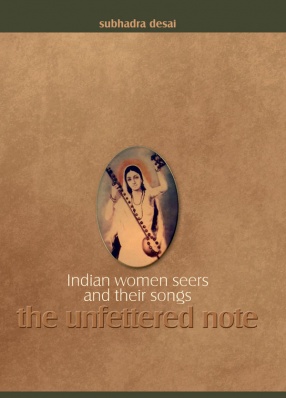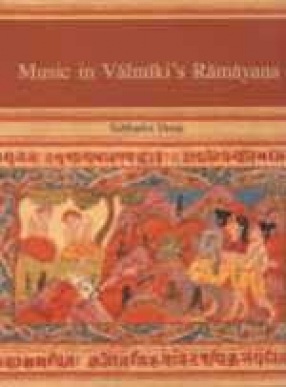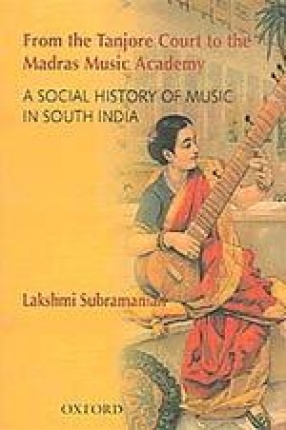In India as elsewhere in the world, music and literature have often converged since earliest times. In the hymns and songs through millennia, India inherits a remarkable legacy where exceptional literature finds inspiring voice.
This tradition of the synthesis of literature and music that germinated in India in the Vedic Age remained alive and vibrant through the centuries in the work of Saint-poets, who adopted music as a medium to express their deepest realization of Truth. This powerful medium of self expression through songs was shared by women who belonged to different times and spaces across India: spontaneous outpourings of inspired women.
The first section of the book is dedicated to the women seers of the Vedic era and their hymns. Vedic hymns are traditionally practised by various schools of Samagana in present times. Some of these hymns, attributed to women, are found in the SamavedaSamhita that contains the earliest reference to music in India. Thus, a preserved legacy of the first songs of women seers is available in the living traditions of Samagana.
The second section explores the women seers and saints from the multiple strands of the Bhakti era from the 6th century to the 20th century. These seers belonged to different regions, and sang in their own mother tongue. Largely preserved in oral traditions and in different genres of Indian music, their songs constitute an invaluable literary and musical legacy, which bear the message of transcendence, sublime surrender and, sometimes, even an assertion of women’s freedom.
The abiding influence of the songs, albeit uneven and scattered among communities in present day India, is evidence of the deep imprint they left in their own time, as well as their resonance in our life of today.






There are no reviews yet.